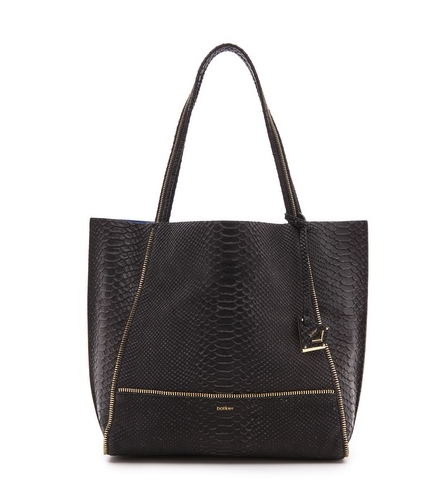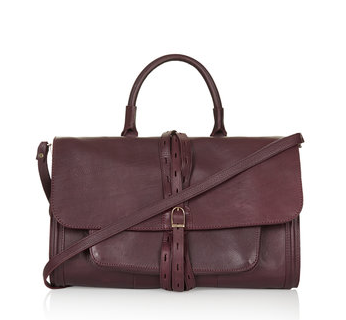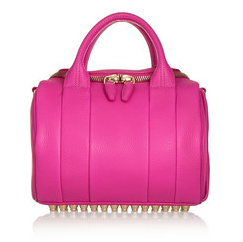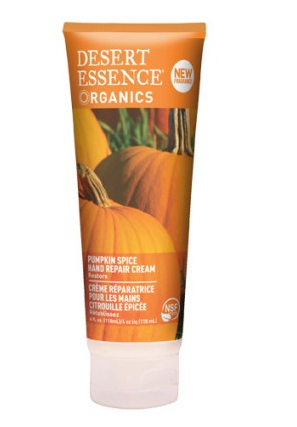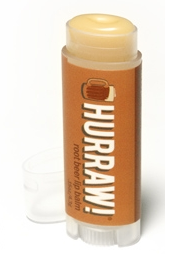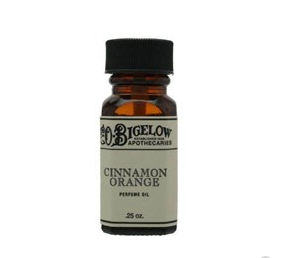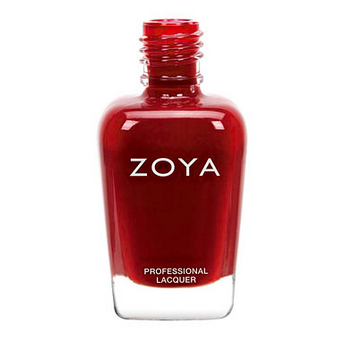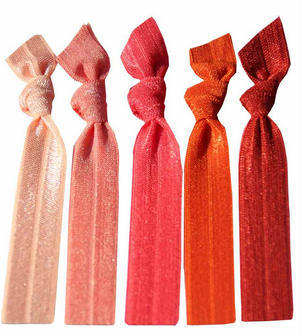Ok – show of hands: How many of you know what the pH in “pH balanced” stands for?
It’s a buzzword that we hear all the time, but did you know that pH stands for potential hydrogen? Wait! Don’t fall asleep! You need to know this!
Next question: what the heck does that mean? Well, A pH number (from 0 to 14) measures how acidic or alkaline a liquid is -- anything above 7 is alkaline and anything below 7 is acid. Water, has a pH of 7 – makes intuitive sense – we all think of water as neutral. Did you know that your SKIN has a pH, too?
Skin has a pH of 5.5. This means, that on the pH scale, it is considered slightly acidic. Weird to think of your skin as acidic, huh? But the outermost layer of our skin is protected by sebum, yup, the stuff that can clog your pores and break you out on Picture Day. Sebum mixes with the amino and lactic acids from sweat to create an ideal pH of 5.5. Remember this number. You might be tested on it later (wasn't it awesome when your teachers gave you a freebie like this?)
This sebum sweat mix (delightful sounding) is important because it helps retain your moisture and keep germs out. If you want to keep this layer of protection, you need to put stuff on your skin that is similar to your skin’s pH. Bar soap, typically has a pH of 9-12, making your skin tight and dry. And it’s a pretty good idea to stay away from Sodium Laureth Sulfate, which has a pH level of 10 (again, drying!). Instead, choose cleansers that has a pH closer to your skin's pH..what's that number? That's right: 5.5! You just scored an A on this quiz.
BOX Naturals Luxe Towelettes have a pH of 5.5 – that is, exactly your skin’s pH so go ahead, use it everywhere. As we like to say, hands, faces and special places!






